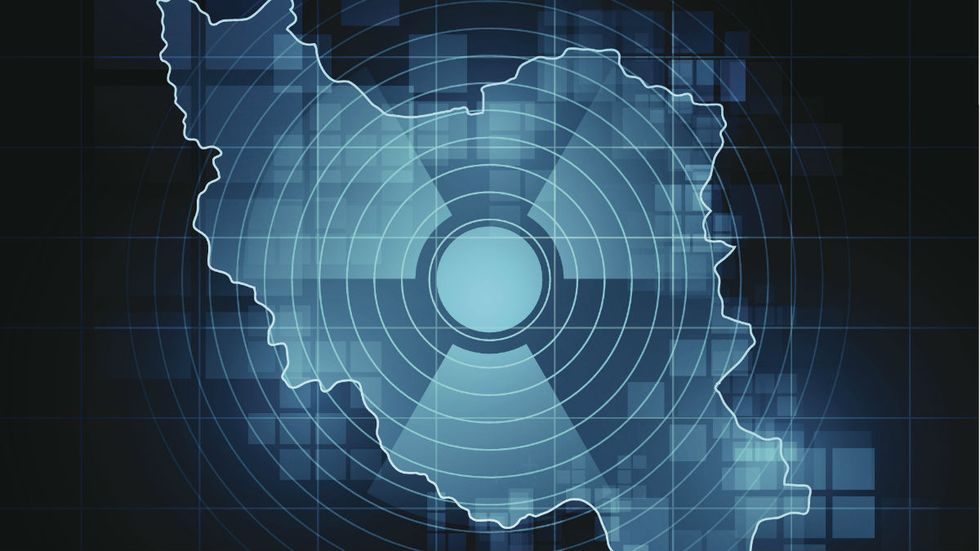
© 2024 Blaze Media LLC. All rights reserved.
Iran’s secret missile site shows why the nuke deal was destined for failure
May 23, 2018
As the Obama administration was touting its nuclear deal with Iran, the Iranian regime was secretly working on a long-range weapons program that could threaten the United States.
On Wednesday, the New York Times reported that the Iranian regime has been operating an advanced weapons research facility in a remote desert in the country and that researchers discovered this program has been in motion since at least 2016
The revelation exposed a fatal flaw in the Iran deal. The accord never touched upon Iran’s ballistic missile development program, whose purpose is to create nuclear-capable projectiles. “Such a program would not violate the international deal intended to prevent Iran from developing a nuclear weapon, or any other formal agreement. Still, if completed, it could threaten Europe and potentially the United States,” the report states.
The Times brought in five experts on missile technology, all of whom agreed that there is a very real possibility that Tehran is bolstering its long-range weapons program.
Researchers have found evidence of large craters appearing in the desert research site near Shahrud, Iran. One new crater was mapped in 2016, while the other showed up on satellites in June 2017. This indicates that the regime is possibly using the remote site as a test facility. The timeline shows that the Iranian regime was conducting the secret tests during the Obama administration, well before President Trump left the nuclear deal.
Advocates for the nuclear deal claimed that it would reform the regime and bring it into the community of peaceful nations. Instead, Iran has been devoting massive resources — some of which could have been secured from the billions of dollars the regime received as part of the deal — to secretly develop an advanced intercontinental ballistic missile program.
The Iran deal has incentivized the cash-flush mullahs to ignore the vast economic struggles of the average Iranian citizen. Yet the regime is allocating the cash windfall it received towards weapons research and terrorist groups.
Before President Trump departed the Iran deal, sunset clauses in the accord were set to expire in less than seven years. If the U.S. had stayed in the deal, Iran would soon be legally allowed to enrich quantities of uranium necessary to turn its secretive conventional long-range missile program into a secretive long-range nuclear missile program. Additionally, given the deal’s 2020 sunset over Iranian arms shipments, the regime would soon have been allowed to export the advanced weapons tested at the secret site and deliver them into the hands of terrorist organizations.
#mc_embed_signup{background:#fff; clear:left; font:14px; }
/* Add your own MailChimp form style overrides in your site stylesheet or in this style block.
We recommend moving this block and the preceding CSS link to the HEAD of your HTML file. */
Want to leave a tip?
We answer to you. Help keep our content free of advertisers and big tech censorship by leaving a tip today.
Want to join the conversation?
Already a subscriber?
more stories
Sign up for the Blaze newsletter
By signing up, you agree to our Privacy Policy and Terms of Use, and agree to receive content that may sometimes include advertisements. You may opt out at any time.
© 2024 Blaze Media LLC. All rights reserved.
Get the stories that matter most delivered directly to your inbox.
By signing up, you agree to our Privacy Policy and Terms of Use, and agree to receive content that may sometimes include advertisements. You may opt out at any time.


